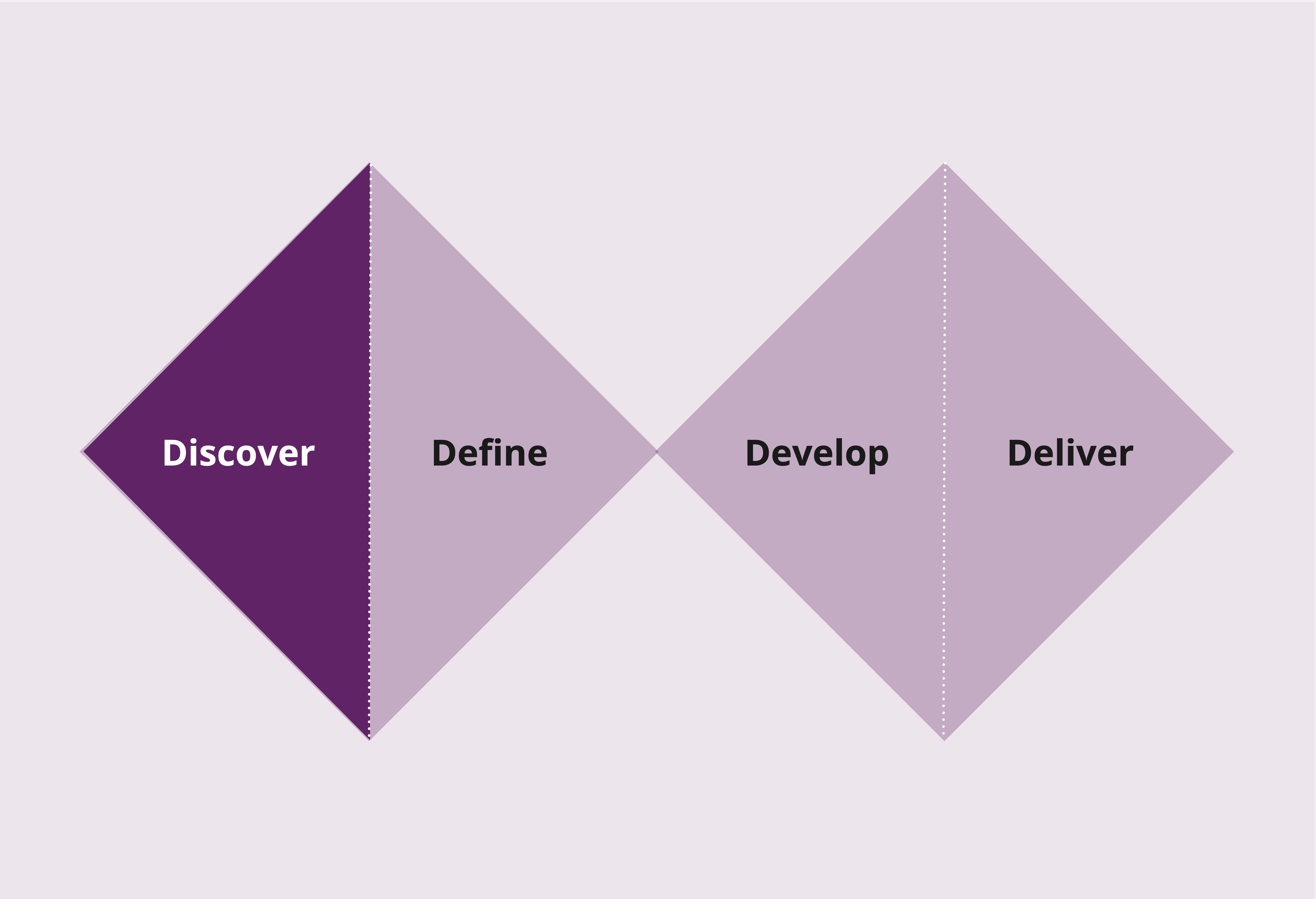Explore the challenge: what do you know already, and what do you need to know?

Gather information so that you can identify the challenge you will focus on. This will help ensure it is the right issue to focus resources on and that you have the data you need to make informed decisions and move forward effectively.
Explore the challenge through user research with people who provide, use and experience your service. Consider the wider range of people involved, including potential or non-users, and families and carers. Check if your organisation already has information that could be useful. Use desk research to access additional information and broaden your understanding.
Plan for ethical and inclusive user research from the outset.
Key Topics
Make sense of the data and pinpoint the right problem before moving onto solutions
Find out more Find out moreChecklist
Use this summary to see if you have what you need for this stage
Find out more Find out moreStart with the why, and then select the tool
There are a wide range of tools available for each stage of the design process. It is important to think about what you seek to achieve and then to find or create a tool that would help you to do that.
You can find a full list of tools in the Tool Directory, but here are some suggestions to get you started in Discovery:
| Interviewing | User interviews are a qualitative research method in which the researchers engage in a one-to-one conversation with a user of service/product. |
|---|---|
|
Make the people and the organisation who can help you visible to the team |
|
|
Find opportunities for improving the service by plotting the highs and lows of the user experience |
|
|
A tool that represents your service users by describing their backgrounds, beliefs, needs and motivations. The personas are created based on common characteristics of certain people who are similar to each other, which makes the personas archetypes. |
|
| Systemic design integrates systems thinking and human-centred design, with the intention of helping designers cope with complex- aka wicked problems through design projects that foster system change |
